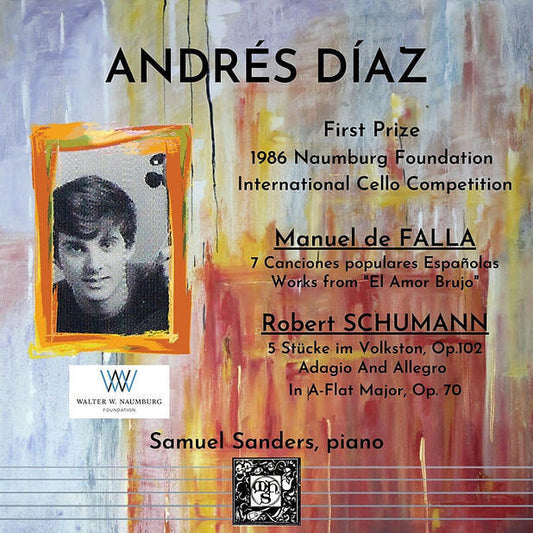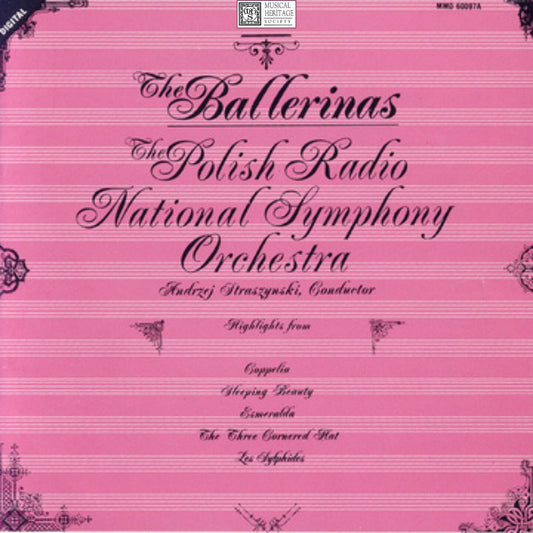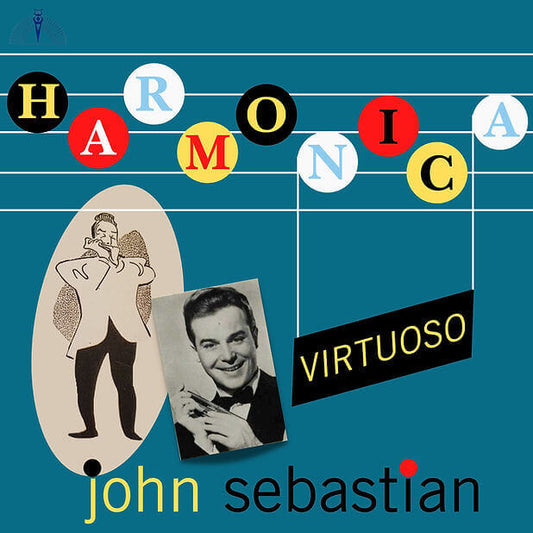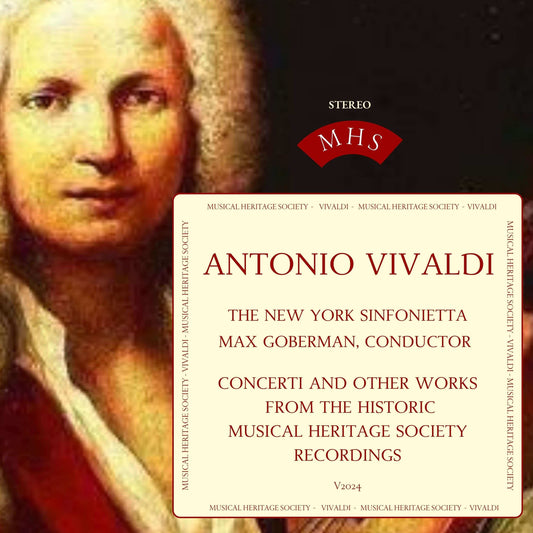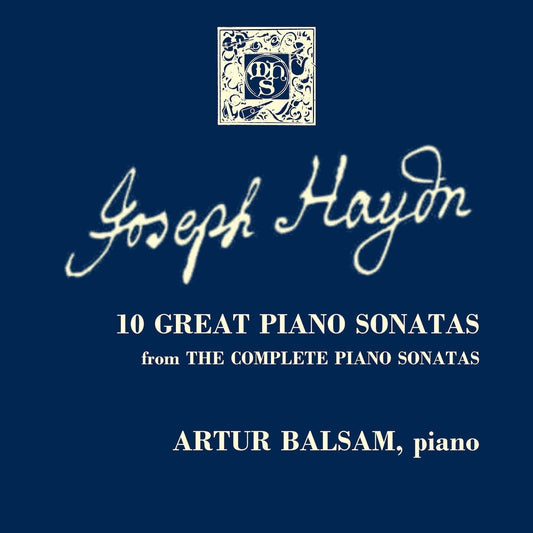Collection: MANUEL DE FALLA (1876-1946)
Born in Cádiz, Andalusia, Falla received his initial musical education locally before moving to Madrid to study piano and composition at the Royal Conservatory. A crucial influence during this period was Felipe Pedrell, the composer and musicologist considered the father of modern Spanish musical nationalism. Pedrell instilled in Falla a deep appreciation for authentic Spanish folk music and the potential to build a serious national art music upon these foundations. Falla's early success came with his opera La vida breve (The Brief Life), which won a composition competition in 1905, though it wouldn't be staged for several years.
Seeking broader horizons and exposure to the latest musical trends, Falla moved to Paris in 1907, remaining there until the outbreak of World War I in 1914. This period proved immensely formative. He befriended leading figures of French music, including Claude Debussy, Maurice Ravel, and Paul Dukas, as well as fellow Spaniard Isaac Albéniz. Immersed in the atmosphere of Impressionism, Falla absorbed its nuanced harmonies, subtle orchestral colours, and fluid approach to rhythm, refining his own technique without sacrificing his Spanish core. The Parisian experience polished his compositional craft and broadened his perspective, allowing him to integrate folk elements more organically and less literally than some predecessors.
Returning to Spain in 1914 marked the beginning of Falla's most productive and celebrated period. Settling first in Madrid and later in Granada, he produced a string of masterpieces that cemented his international reputation. Noches en los jardines de España (Nights in the Gardens of Spain, 1915) for piano and orchestra evokes Andalusian nocturnal atmospheres through an Impressionistic lens. The ballets El amor brujo (Love, the Magician, 1915), famous for its fiery "Ritual Fire Dance" and drawing heavily on Andalusian cante jondo (deep song), and El sombrero de tres picos (The Three-Cornered Hat, 1919), commissioned by Sergei Diaghilev's Ballets Russes with designs by Picasso, showcased his rhythmic vitality, brilliant orchestration, and ability to capture the Spanish spirit with sophistication and flair.
In the 1920s, Falla's style evolved. Influenced by Igor Stravinsky and a growing interest in early music, he moved towards a leaner, more objective Neoclassicism, though still imbued with Spanish character. Key works from this period include the charming puppet opera El retablo de Maese Pedro (Master Peter's Puppet Show, 1923), based on an episode from Cervantes' Don Quixote, and the concise, austere Concerto for Harpsichord and Chamber Ensemble (1926), written for Wanda Landowska. These works demonstrated a move away from the lush Impressionism of his earlier successes towards greater clarity, concision, and contrapuntal texture.
A deeply religious and private man, Falla was profoundly disturbed by the Spanish Civil War. Though not overtly political, he found the ensuing Franco regime increasingly difficult. In 1939, he accepted an invitation to conduct in Argentina and remained there in self-imposed exile until his death in Alta Gracia in 1946. During his final years, he worked meticulously on a large-scale scenic cantata, Atlántida, based on a Catalan text, which remained unfinished at his death (later completed by Ernesto Halffter).
Manuel de Falla's legacy is immense. He successfully bridged the gap between Spanish folk traditions and mainstream European art music, creating works that are both authentically Spanish and universally appealing. His meticulous craftsmanship, evocative power, and unique stylistic blend secured his place as Spain's leading composer of his era and a vital voice in 20th-century music.

